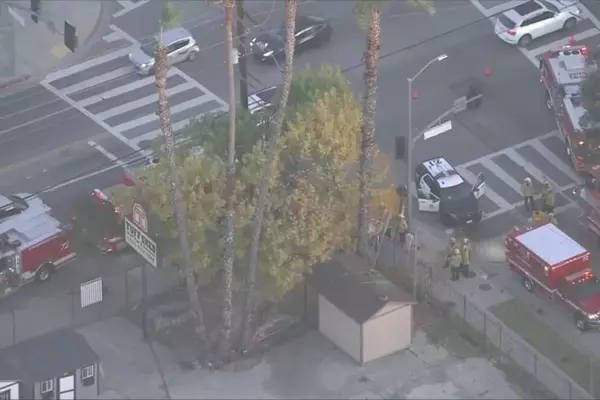
Elana Simon was 10 years old when she started to experience severe pains in her abdomen. For two years, puzzled doctors put forward diagnoses including lactose intolerance, Crohn’s disease and stress. It was not until 2008 that they pinpointed the real cause. Elana was suffering from fibrolamellar carcinoma (FLC), a rare, usually lethal, form of liver cancer.
“In a way, it was comforting to have a word for what was wrong with me after so much confusion about my condition,” Elana told the Observer. “Pre-diagnosis, my life was a mixture of discomfort and fear. Now I had something to focus on.”
Surgeons were able to cut out the tumour, which had yet to spread out of her liver, and Elana survived. Indeed, she has triumphed over her affliction in a remarkable manner. After studying at Harvard, she joined the laboratory at New York’s Rockefeller University run by her father, Prof Sanford Simon, who since his daughter’s diagnosis has dedicated his career to tacking FLC.
“The moment I learned of Elana’s condition is seared into my memory,” Prof Simon told the Observer. “I was determined to find out what caused it and find ways to counter it.
“I was working as a cell biologist at the time and could have cruised through the rest of my career. Elana’s diagnosis changed everything and I completely altered the direction of my research, which is now focused entirely on the cancer.”
Research at Prof Simon’s laboratory has since led to several major breakthroughs in pinpointing the cause and behaviour of FLC. Now that work has been further boosted by a £20m grant from Cancer Research UK, given this month as part of its Cancer Grand Challenges awards. The grants are awarded – in partnership with the National Cancer Institute in the US – to research groups whose novel ideas offer the greatest potential to advance cancer research.
A consortium that includes Prof Simon’s laboratory has been given its Cancer Grand Challenge grant to help it develop new, easily accessible treatments for conditions such as FLC. At present, treatments for solid tumours in children still rely on decades-old chemotherapy regimes, and the aim of the programme is to develop new, less-complicated interventions.
Their win says much about the success scientists have had with FLC in recent years. When Prof Simon decided to start studying the cancer, its cause and roots were still a puzzle. Was it a single disease or were cases made up of people with different conditions that all had similar symptoms.
In addition, the cause of the disease was a mystery. “We didn’t know whether it was inherited, or caused by a specific environmental insult,” he said.
It was then that Elana – who at the time was a high school student, but is now studying for a PhD in computer science and cancer biology at Stanford University in California – stepped in. “I had ended up making a lot of friends who were about my age and who were going through various paediatric cancer diagnoses and treatments,” she said. Elana and one of these friends launched a YouTube appeal for other people with that cancer to submit tissue samples to her father’s laboratory. They ended up with 15 samples in total, and these played a crucial role in helping the team at Rockefeller make key discoveries about the disease.
“First, we found that it was a single disease with one mutation that was the same for each tumour sample. This was causing the disease,” said Elana who had pioneered this part of the project.
In addition, the team found that FLC was not an inherited condition. “It is caused by a single environmental insult, and that was crucial,” added Prof Simon, “for it suggested that if you cut out a tumour before it had spread, that meant you could halt the disease. It was unlikely to re-occur.”
Fibrolamellar carcinoma was very rare, Prof Simon acknowledged. Some studies suggest there are only a few hundred cases worldwide each year, though more recent analysis suggests the figure may reach thousands.
“The crucial point is that if you look at common cancers in adults, you come across all sorts of background genetic mutations in cells, and that makes it difficult to assess what is driving the disease,” he said. “However, with a childhood cancer like FLC, relatively few mutations develop and so it becomes much easier to understand what is going on. In this way, cancers like these provide critical insights that reveal general principles.”
Another cancer this applied to was the rare retinoblastoma eye tumour, Prof Simon said. Studies of patients with the condition revealed the existence of tumour suppressor genes: these normally limit the spread of cancer cells but occasionally fail. Therapies based on this discovery are now being developed for many cancers.
“That is what we hope we can do with the work we are doing on this carcinoma,” said Elana. “It will not just help people like me who get FLC, but will provide general insights into other cancers. The Cancer Grand Challenge funds will make a big difference to those efforts.”
At the same time, it is hoped that easily administered therapies for FLC will be developed from the insights already gained about the disease.
“Ultimately, we want to create drugs that can be administered as pills in places where the health provision is poor,” said Prof Simon. “It is the ultimate goal.”







